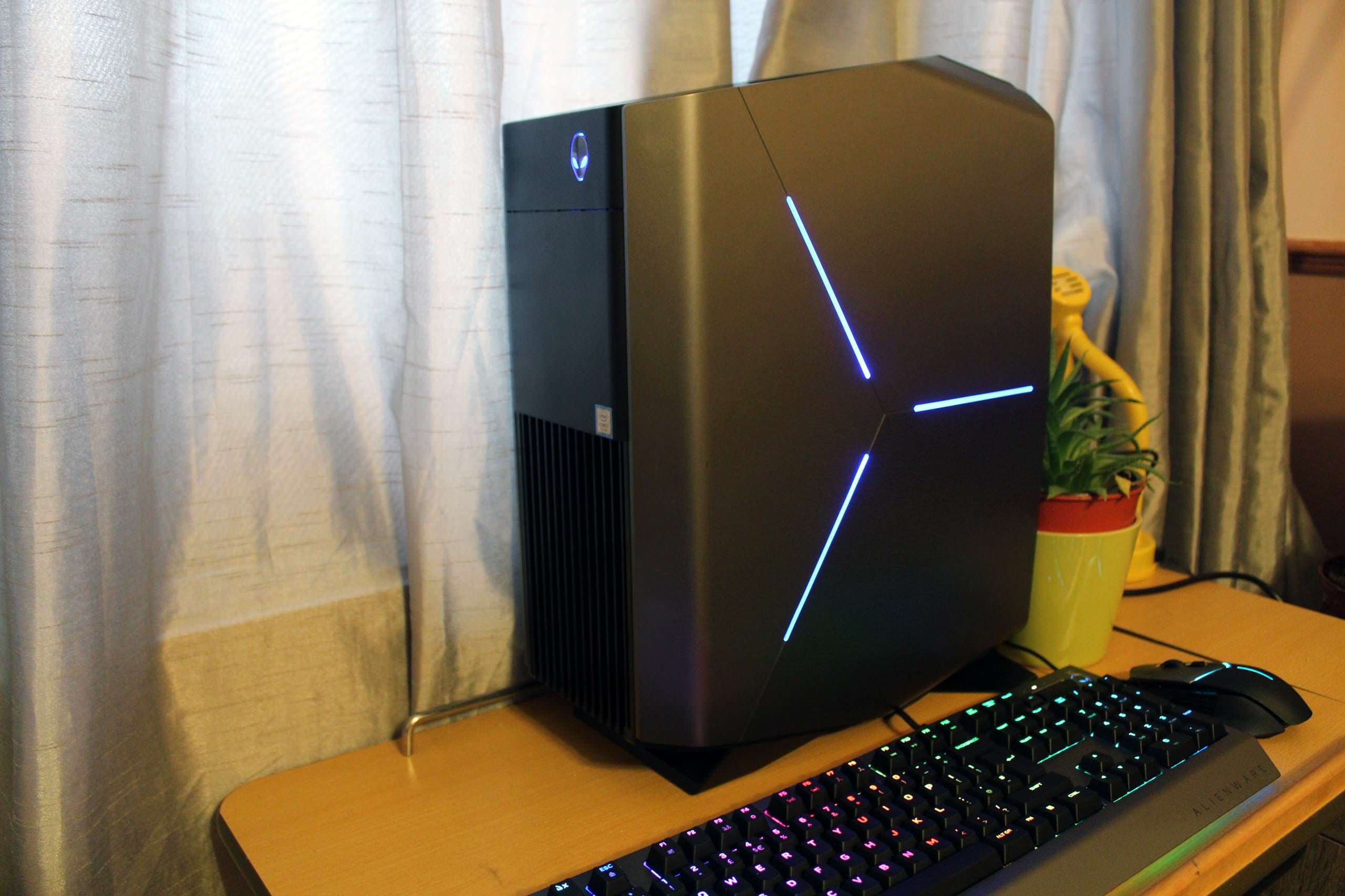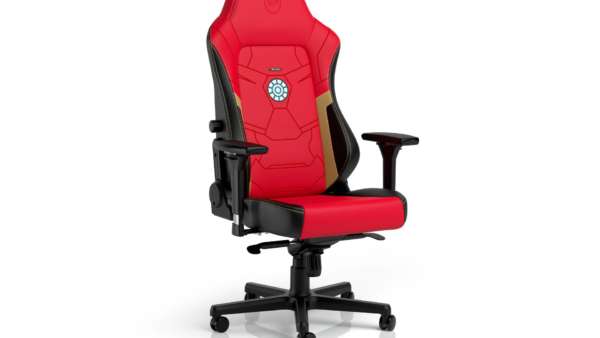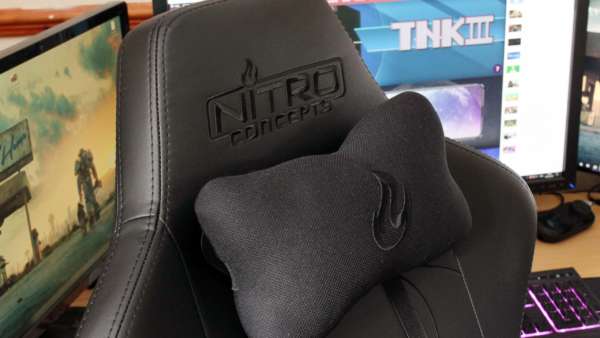Seeing as the Aurora R6 can be customised to your liking on the Dell website there are many different specifications to choose from which will mean difference performance ranges for each. However, regardless of what options are chosen you should get a decent experience form all of the even with the base model that costs £849 with the AMD Radeon RX 560 card or the £949 spec with the Nvidia 1060 Ti card.
The benchmarks and performance tests we show below for the Alienware Aurora R6 are going to be based on our review model which has an Intel i7-7700K processor, 16GB RAM and a single Nvidia GeForce 1080 Ti card with 11GB of RAM. Every specification you choose comes with Windows 10 64-bit Home preinstalled. We used 3D Mark for the benchmark tests as well as Geekbench 3 for some processor testing and overall performance.
3D Mark and Geekbench 3 Benchmark Results
We used the various Firestrike tests within 3D Mark to compare what they are like with other devices we have looked at in the past. For the Aurora R6, the Standard Firestrike mode scored a massive 19,517 which is easily the biggest score we have seen so far. It beats the Alienware 17 R4 by 3609 points. Take a look at some of the other result below.
Fire Strike – 19,517
Fire Stike Ultra – 11,842
Fire Strike 4K – 6,492
Geekbench 3 Single-core – 4,033
Geekbench 3 Multi-core – 16,501
Video Game Benchmark Results
Bioshock Infinite
Ultra 1920 x 1080 – 106 Min, 306 Max, 223 Avg
Very High 1920 x 1080 – Min 116, Max 400, Avg 297
High 1920 x 1080 – 119 Min, 396 Max, 265 Avg
Medium 1920 x 1080 – Min 160, 412 Max, 263 Avg
Dishonored 2
Ultra 1920 x 1080 – Min 67, Max 101, Avg 82
Very High 1920 x 1080 – Min 62, Max 120, Avg 84
High 1920 x 1080 – Min 101, Max 120, Avg 117
Medium 1920 x 1080 – Min 66 ,Max 120, Avg 100
Fallout 4
Ultra 1920 x 1080 – Min 225, Max 321, Avg 262
High 1920 x 1080 – Min 231, Max 311, Avg 277
Medium 1920 x 1080 – Min 232, Max 320, Avg 280
As you can see from the video games testing, the Aurora R6 handles itself very well in any situation we could throw at it. For 1080p gaming, it will and should last you a decent 4-5 years I reckon based on the test results. If you do decide to head onto 4K streaming, then the model we looked at is a good shout for some more high-end powerful gaming task, VR included.
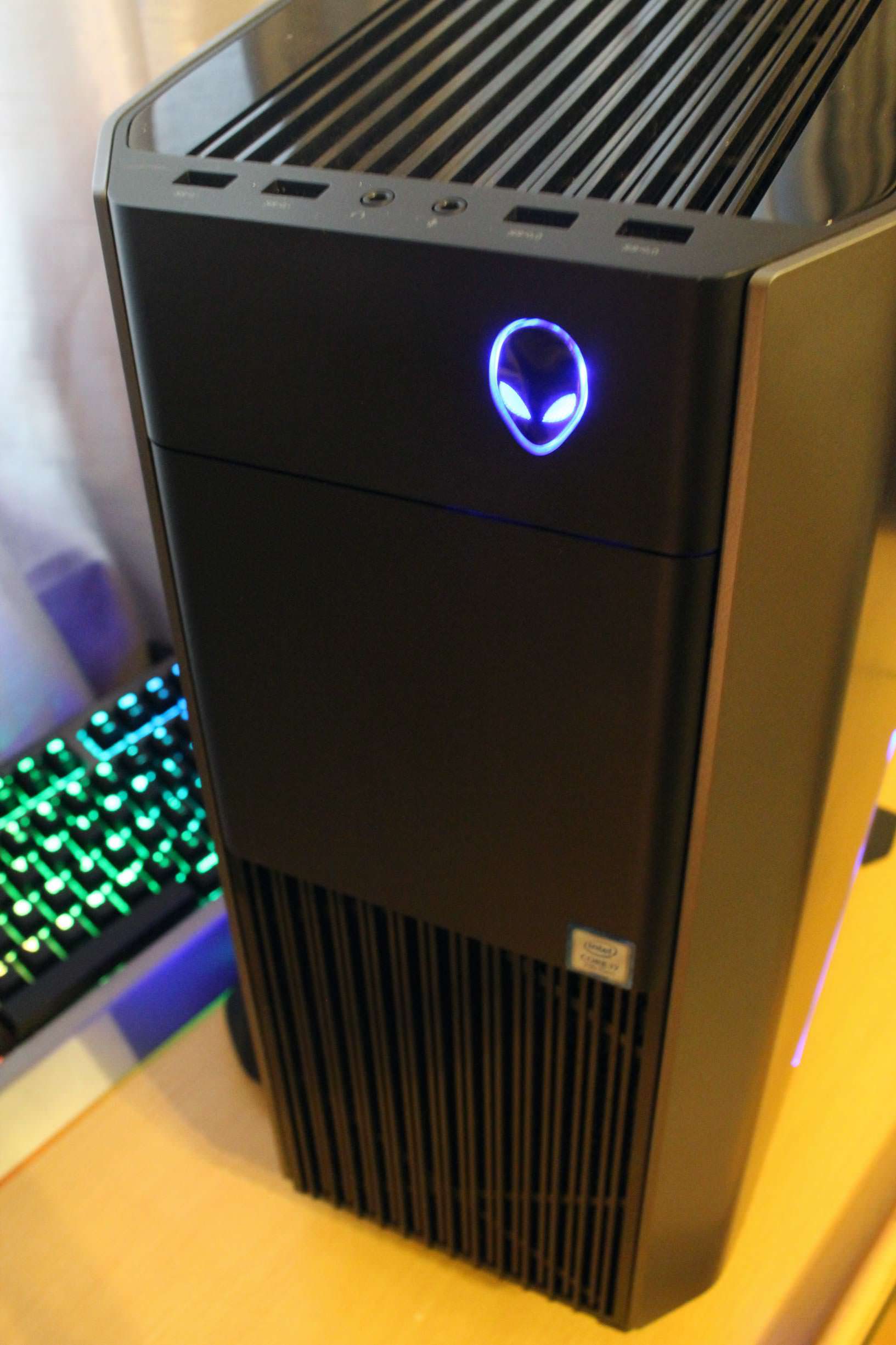 Running all the games at their default settings was fine but there is definitely more frames you can squeeze out of this beast of a machine by tweaking them yourself. Taking away unnecessary bits such as bloom, knocking back antialiasing and tweaking rendering settings and texture details you can sometimes almost double what you’re getting.
Running all the games at their default settings was fine but there is definitely more frames you can squeeze out of this beast of a machine by tweaking them yourself. Taking away unnecessary bits such as bloom, knocking back antialiasing and tweaking rendering settings and texture details you can sometimes almost double what you’re getting.
If you really want to see the raw power of it, just put everything to low and see how many numbers you can conjure up when the Nvidia 1080 Ti is able to throw everything it has got as your game. I tried more games than on our list of benchmarks and really, anything I threw at it worked like a champ. Everything from Overwatch, The Evil Within 2, Battlefield 1 and Black Desert Online and Guild Wars 2. The damn thing is much better than my gaming PC which makes me very sad to have to return it.
What’s even better is the cooling is brilliant and very quiet, probably because of the powerful graphics card but the Alienware Aurora R6 never really felt like it was being pushed to the limit and did not need to cool itself down like my home gaming PC. I’ve got decent cooling inside my home PC, with Corsair water cooling but even with that, the card likes to power up and the additional fan on the water cooling likes to boot up when playing games like Battlefield 1. The Aurora on other hand it hardly ever felt like it was pumping in air to cool down the inner workings and when it was, it was fairly quiet.
If cooling is something you are big on, this is a decent PC to consider and the same goes for gamers who like to not have to worry about too much noise when in game worlds that are a little demanding. The one word of caution I’d mention is the lower end specs might not be as forgiving. So it is something to bear in mind.
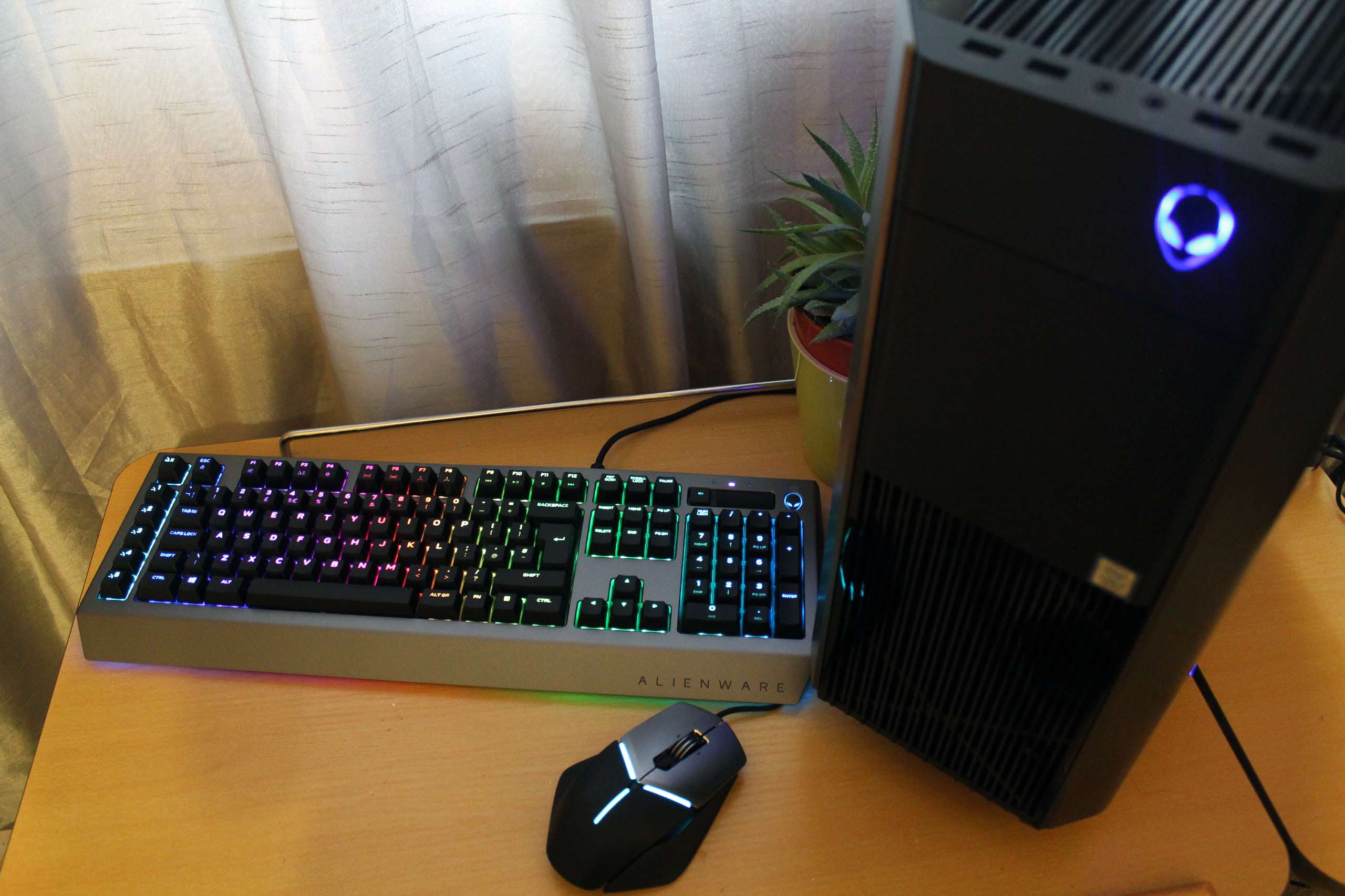
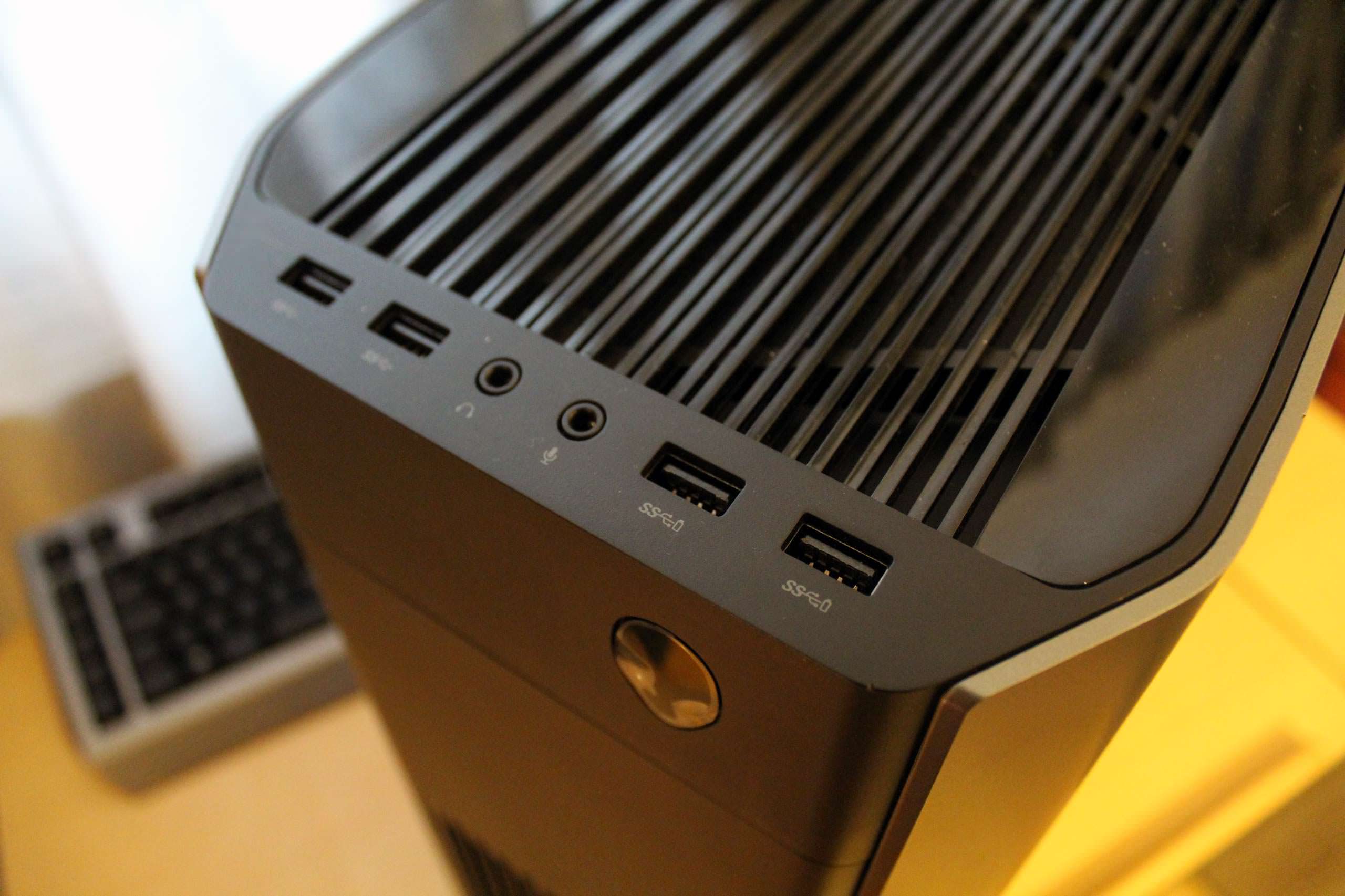
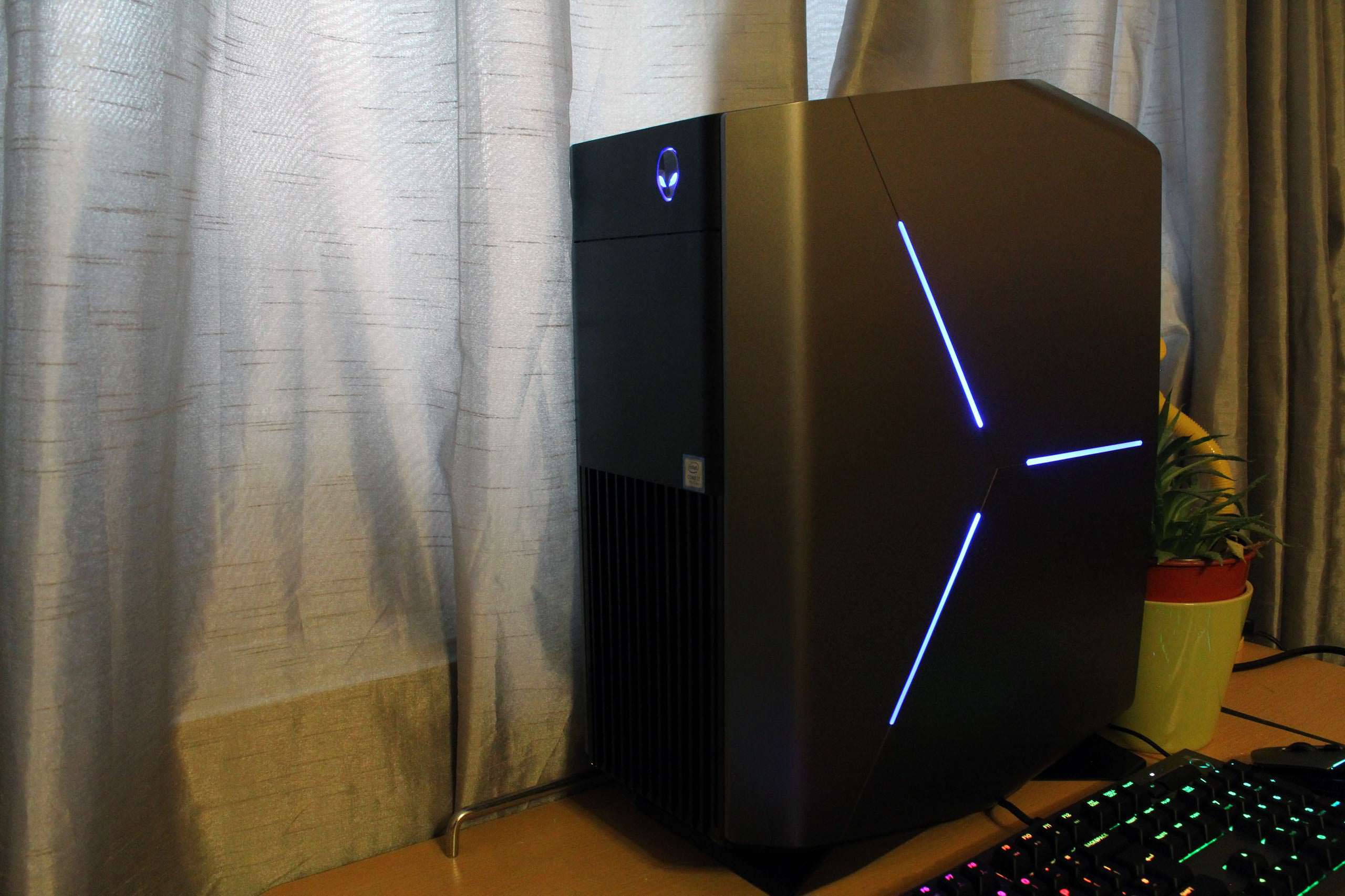
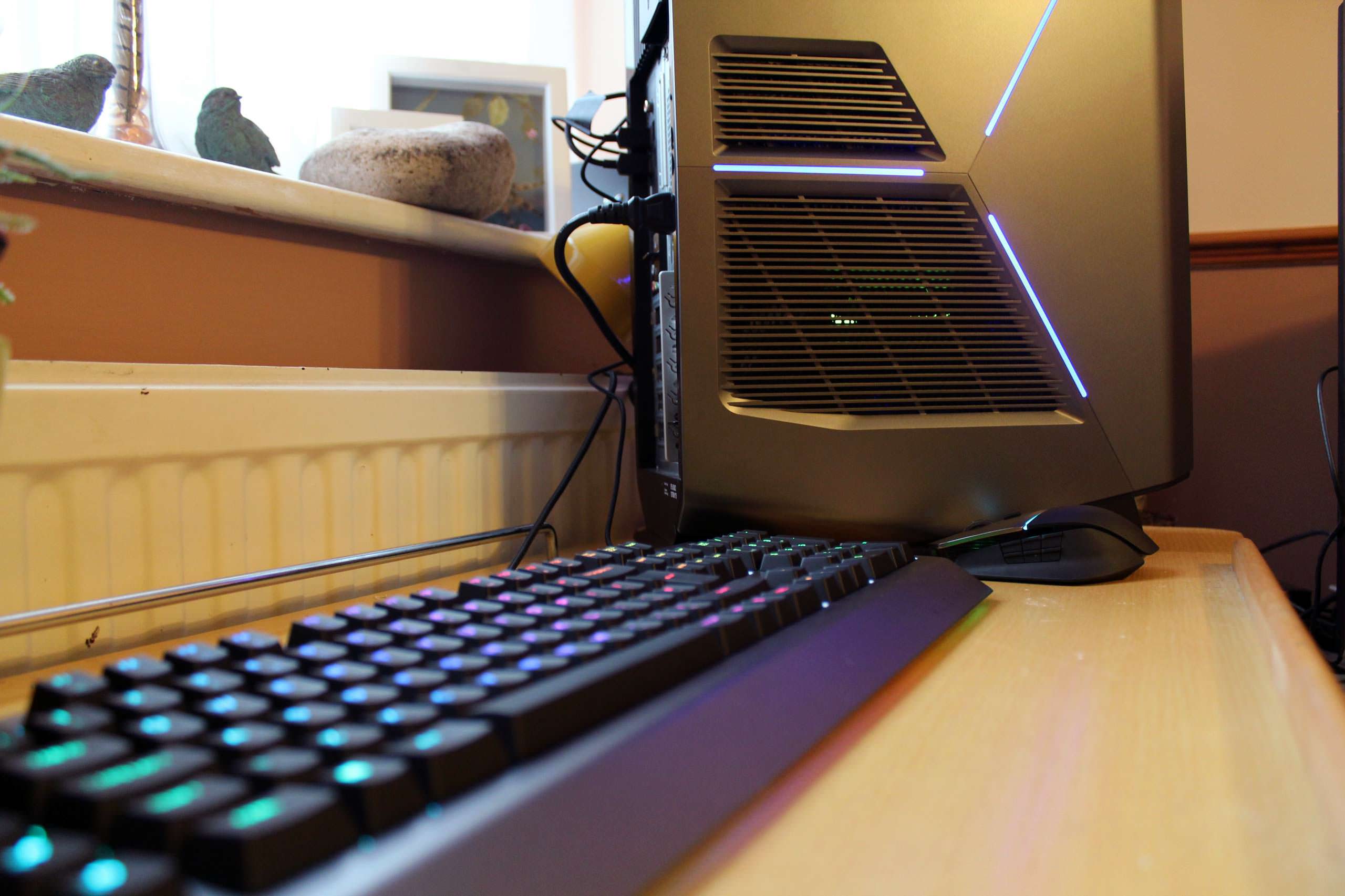
 Running all the games at their default settings was fine but there is definitely more frames you can squeeze out of this beast of a machine by tweaking them yourself. Taking away unnecessary bits such as bloom, knocking back antialiasing and tweaking rendering settings and texture details you can sometimes almost double what you’re getting.
Running all the games at their default settings was fine but there is definitely more frames you can squeeze out of this beast of a machine by tweaking them yourself. Taking away unnecessary bits such as bloom, knocking back antialiasing and tweaking rendering settings and texture details you can sometimes almost double what you’re getting.